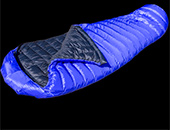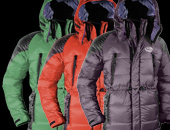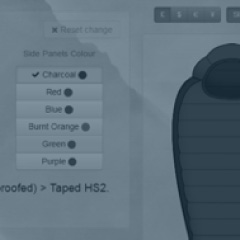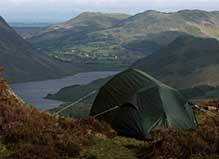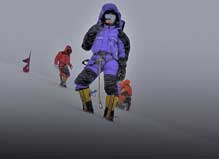What length of zip shall I choose for my sleeping bag?
Summary
- Ultralight—No Zip is the first choice
- Treks—Full Zip option is nearly always the best choice
- High Mountain & Polar Expeditions—There is much to be said for Short Zips. But what about future trips?
Detailed Answer
Some PHD sleeping bags have full length zips as standard. On the rest it’s an option, so the choice is yours, whether to go for short or long (or none). Here are the simple basics for deciding:
No zips
The standard design on our lightest bags with open hoods. The simplest/lightest system which is a must for adventure racers. Up to 150gm (5oz) lighter than a full zip with draft tube.
Full zips:
- Versatility. Full zip bags ventilate well, so they can be used over a wider range of temperatures e.g. on a trek that includes low and high levels.
- Future versatility. If your next destination is going to be less cold, a full zip can make a warm bag more widely useful.
- Joining. Full zip bags can be zipped together.
- Downside: Weight, Bulk, & Price.
Short zips:
- Weight & Bulk. Short zips are lighter and pack smaller than full zips. A short zip & draft tube is about 85gm (3oz) lighter than the full version.
- Ventilation. Some ventilation possible, but much less than a full zip bag.
- Simplicity. Short zips are easy to use and in the rare event of a zip failure the consequences are less serious (particularly true of our Xero bags where the short zip is backed by a down-filled expansion gusset).
- Downside: they have none of the main advantages of full zips.



